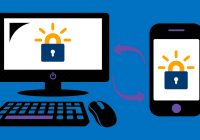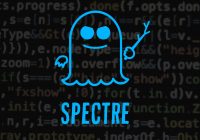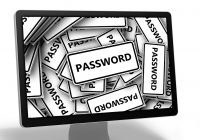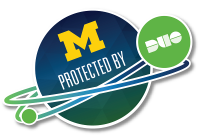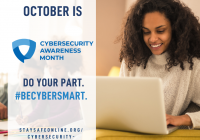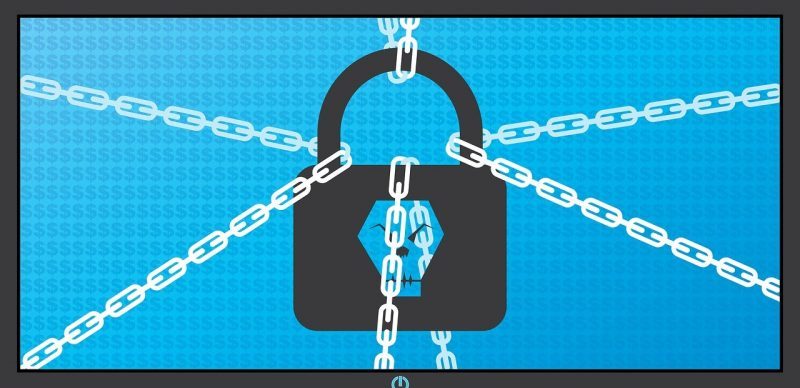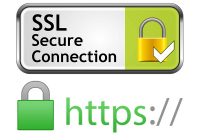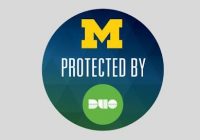After five years, Let’s Encrypt, a non-profit based on tech developed at Michigan, has helped to secure the internet
Just five years ago, most websites relied on unencrypted HTTP, the aging and inherently insecure protocol that provides no protection to sites or visitors from threats that range from surveillance through phishing and identity theft. Today, the internet is a much more secure place, with over 80% of websites protected by HTTPS secure encryption. That dramatic transformation –… Read More »

